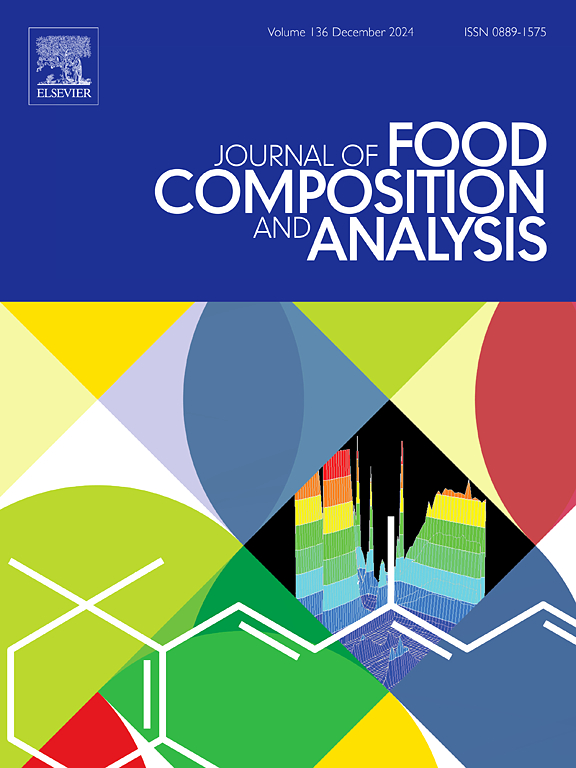The potential application of HSI and VIS/NIR spectroscopy for non-invasive detection of starch gelatinization and head rice yield during parboiling and drying process
IF 4
2区 农林科学
Q2 CHEMISTRY, APPLIED
引用次数: 0
Abstract
Real-time detection of starch gelatinization (SG) and head rice yield (HRY) during parboiling is crucial for reducing product loss in the rice industry. Experimental measurement of SG and HRY is costly and time-consuming, making real-time assessment challenging. This study employed hyperspectral imaging (HSI) and VIS/NIR spectroscopy (VNS) to predict these parameters and identify effective wavelengths. Rice samples were processed at varying soaking (60–70 ℃) and drying (50–70 ℃) conditions using a hybrid infrared-convective-microwave (ICM) dryer. Spectral data were preprocessed using five different methods, with the Savitzky–Golay method proving to be the most effective. A combination of a Decision Tree and a Learning Automata metaheuristic algorithm (DT-LA) emerged as the best approach for identifying the most effective wavelengths. Subsequently, regression models based on Partial Least Squares Regression (PLSR) and an Artificial Neural Network (ANN) were developed to predict SG and HRY. The ANN demonstrated superior predictive accuracy, achieving R² values of 0.99 for SG and 0.98 for HRY. Additionally, HSI data yielded slightly better results than VNS data. The findings revealed significant increases in SG levels (from 8.78 % to 88.51 %) and HRY (from 45 % to 70.35 %) associated with higher temperatures and longer soaking times, as well as increased soaking temperatures and drying times when using a hybrid ICM dryer except for samples soaked at 65 °C, where those samples exhibited the highest HRY. These results support the development of smart dryers and optimized parboiling processes to enhance rice yield and improve production efficiency.
求助全文
约1分钟内获得全文
求助全文
来源期刊

Journal of Food Composition and Analysis
工程技术-食品科技
CiteScore
6.20
自引率
11.60%
发文量
601
审稿时长
53 days
期刊介绍:
The Journal of Food Composition and Analysis publishes manuscripts on scientific aspects of data on the chemical composition of human foods, with particular emphasis on actual data on composition of foods; analytical methods; studies on the manipulation, storage, distribution and use of food composition data; and studies on the statistics, use and distribution of such data and data systems. The Journal''s basis is nutrient composition, with increasing emphasis on bioactive non-nutrient and anti-nutrient components. Papers must provide sufficient description of the food samples, analytical methods, quality control procedures and statistical treatments of the data to permit the end users of the food composition data to evaluate the appropriateness of such data in their projects.
The Journal does not publish papers on: microbiological compounds; sensory quality; aromatics/volatiles in food and wine; essential oils; organoleptic characteristics of food; physical properties; or clinical papers and pharmacology-related papers.
 求助内容:
求助内容: 应助结果提醒方式:
应助结果提醒方式:


